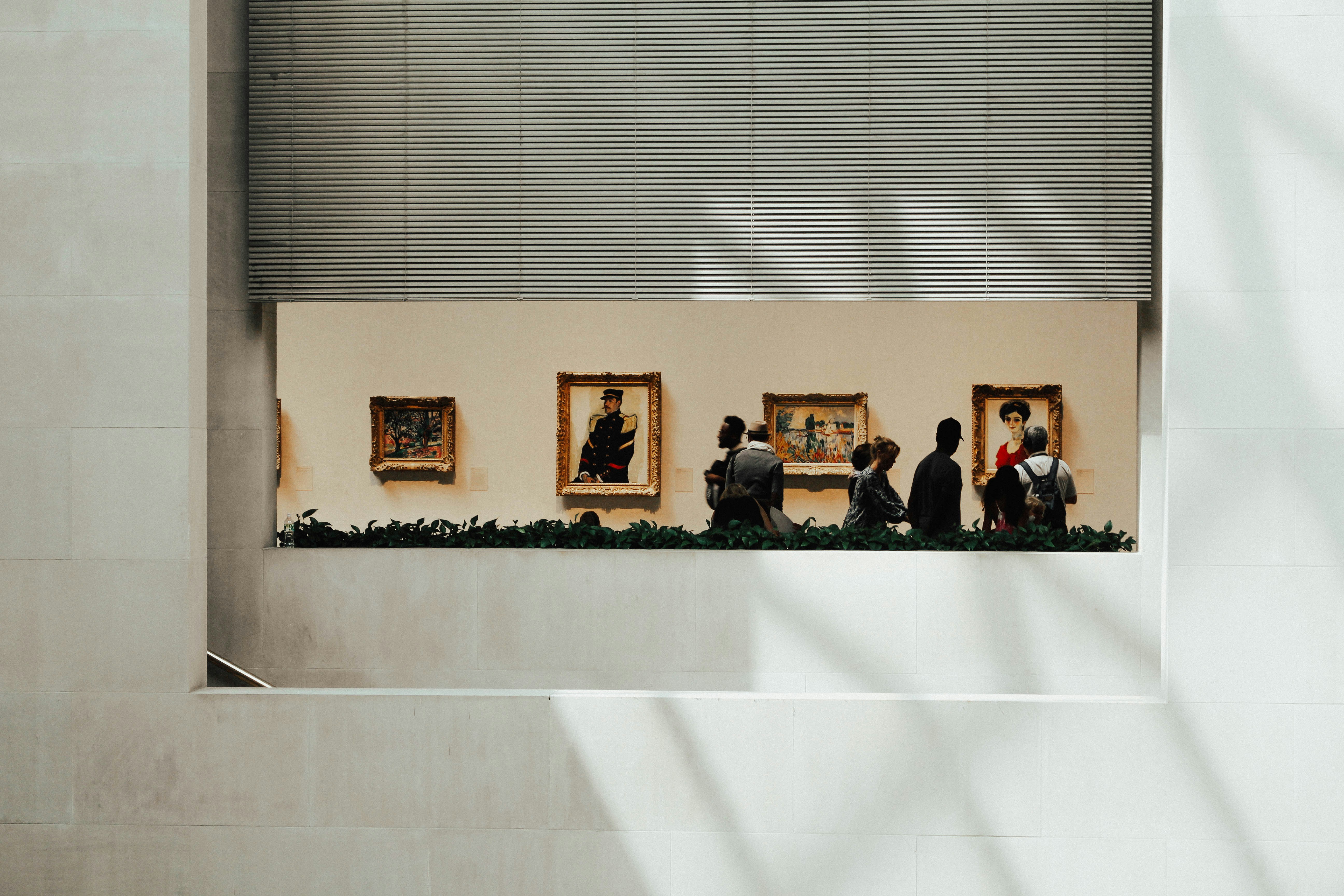The difference between Museography and Museology
If you've delved into the fascinating world of museums, you've probably heard two terms often intertwined: Museography and Museology.
Although both are inherently linked to the museum field, there are significant differences between the two disciplines. In this article, we'll unravel the fundamental difference between Museography and Museology, two pillars that sustain any museum and allow us to fully appreciate these cultural spaces' functioning.
- What is Museography?
- What is Museology?
- Origin: Etymology of Museography and Museology
- Common Goals of Museography and Museology
What is Museography?
Museography refers to the technique of organizing and designing an exhibition, i.e., the way of presenting works in a specific space.
From arranging pieces to selecting lighting and creating a coherent narrative, Museography seeks to captivate visitors and convey a clear and exciting message. In short, it is the discipline responsible for transforming objects into visually impactful stories, primarily what we focus on here at Misterio Studio.
Together with the curator, the team dedicated to Museography generates a visual discourse based on the conceptual discourse so that works and texts are presented for their correct interpretation. The strategic arrangement of each element, the choice of colours, suitable lighting, and the possible incorporation of technology are crucial aspects of this discipline.
Museography, therefore, seeks an emotional connection between the exhibition and the public, with the aim of providing an enriching and memorable experience to those who enter the museum.
What is Museology?
While Museography focuses on the physical presentation, Museology addresses a broader spectrum. Museology is the deeper and more analytical study of museums as institutions and their function in society. It includes management, conservation, research, and education related to culturally valuable objects in these spaces.
Museology concentrates on the display of objects and the historical, social, and cultural context surrounding each piece. Additionally, it concerns the long-term preservation of cultural heritage, strategic museum planning, and the museum's interaction with its audience and community.
In general terms, a museologist is a museum theorist who focuses on the institution's relationships within its social and cultural context.

Origin: Etymology of Museography and Museology
The confusion between Museography and Museology arises from their close linguistic and etymological relationship. Just a century ago, both terms were used interchangeably as both disciplines were intertwined, such as studying theories and practices of exhibition and conservation.
The word "Museography" has its origins in ancient Greek, where "Mouseion" referred to a place dedicated to the Muses, goddesses of the arts and sciences in Greek mythology. The suffix "-graphy" comes from the Greek "grapho," meaning "to write" or "to describe." Thus, Museography can be understood as the description or writing about a place dedicated to the Muses. Over time, this word evolved to refer specifically to the organization and presentation of exhibitions within a museum.
Museology's root is also Greek, with "Mouseion" again being the starting point. However, the suffix "-logy" comes from "logos," which translates as "study" or "science." Therefore, Museology can be interpreted as the scientific study of the museum. Unlike Museography, which focuses on visual presentation, Museology encompasses a broader range of aspects, including research, conservation, and management of museums as cultural institutions.
Common Goals of Museography and Museology
Although the difference between Museography and Museology is based on their different approaches, these two disciplines share a common commitment to preserving and presenting cultural heritage.
Museography and Museology work together to create a comprehensive experience in museums, and they are often intertwined in daily practice. The visual presentation of objects in an exhibition (Museography) is intrinsically linked to the management, research, and conservation of those objects (Museology).
Both disciplines work together to offer meaningful and educational experiences, building bridges between the past and present for future generations.